Sound design is probably one of the most complex subjects to master and figuring out how to become a sound designer is not so simple.
You have to understand audio software, master sound effects/creation, and develop a killer ear for music production.
Plus it certainly helps if you can work with visual media, video games and knock out super immersive soundscapes like a boss.
Don’t worry 一 I’ll be breaking down everything you need to know about becoming a successful sound designer, like:
- Essential education and training ✓
- Building the right technical skills for the job ✓
- Creating a professional portfolio & epic sound libraries ✓
- Choosing a specialization in sound ✓
- Networking with sound professionals ✓
- Learning advanced audio techniques ✓
- Staying updated on emerging technology ✓
- Developing a unique personal brand ✓
- Growing through freelance work and beyond ✓
- Much more about how to become a sound designer ✓
After today’s article, you’ll know how to become a sound designer that actually impresses the industry heads and excels quickly.
You’ll have the skills and knowledge to create epic video game audio and bring life to any sound you mess around with.
Table of Contents
- How to Become a Sound Designer
- Advanced Sound Design Techniques
- Understanding Different Sound Design Workflows
- Exploring Video Game Audio and Interactive Sound
- Expanding Your Career Path with Freelance Work
- Joining Professional Organizations
- Staying Updated with Emerging Technologies
- Specializing in Niche Sound Design Fields
- Applying for In-House Sound Design Roles
- Building a Personal Brand and Professional Website
- Bonus Tips for Learning How to Become a Sound Designer
- How to Become a Sound Designer: Final Thoughts
How to Become a Sound Designer
Learning how to become a sound designer isn’t the easiest thing in the world. It requires a solid understanding of audio principles, technical skills, and hands-on experience. If you’re serious about having a career in sound design, knowing how to get started and what each step involves is key. Let’s break it down.
-
Education and Training
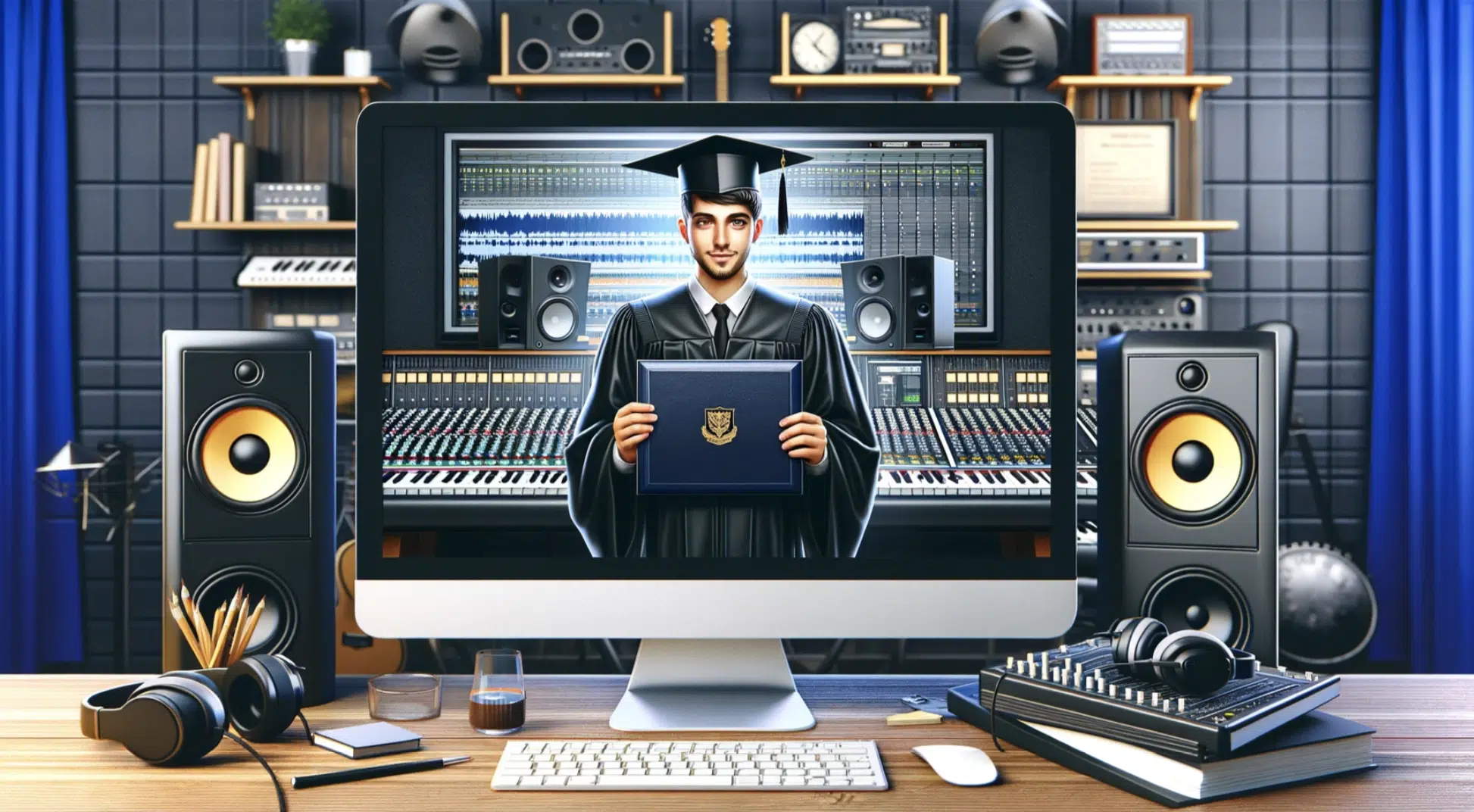
If you want to become a sound designer, start by looking at formal education options, such as a bachelor’s degree in audio engineering, sound design, or music production.
Many sound designers begin by taking classes or courses that cover sound recording, sound theory, and music production 一 building a solid technical foundation.
A bachelor’s degree isn’t always required, but formal education helps aspiring sound designers learn key aspects like:
- Audio editing
- Mixing/mastering
- Sound synthesis
- Modulation/automation
- Effects
- Theory
- Etc.
Programs at schools like Berklee Online also offer certificate programs, which are great for gaining specialized skills without the commitment of a full degree.
Beyond traditional degree programs, online courses can provide practical knowledge, covering essential software like Pro Tools, Logic Pro, and Ableton Live.
These online courses allow you to pick up skills at your own pace.
Some experienced sound designers recommend massive open online courses (MOOCs) for beginners to learn about sound design, sound effects creation, and Foley work.
Keep in mind that education in audio engineering and hands-on training are both critical parts of becoming a sound designer/sound editor.
NOTE: You 100% do NOT need any kind of degree (like a master’s degree) to become a successful sound designer and lock down your dream job. However, most companies do require it nowadays unless you have years and years of impressive experience, so keep that in mind.
-
Key Skills Needed in Sound Design
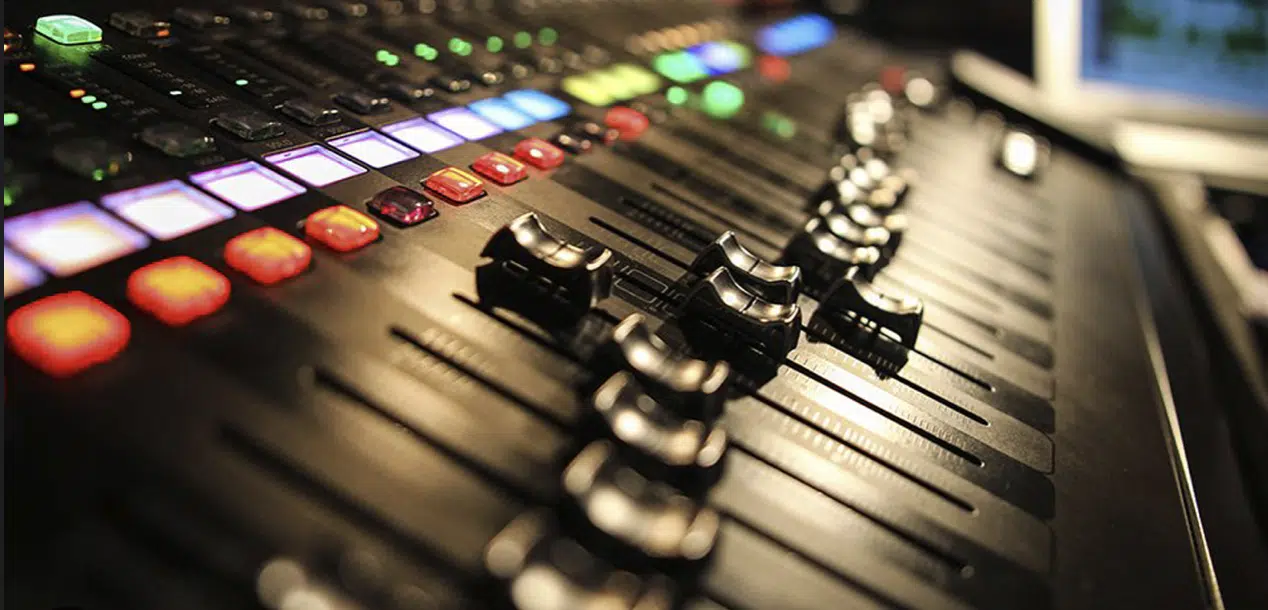
A successful sound designer needs a strong blend of technical expertise and creativity, that’s a give in, and knowing all the essential skills is non-negotiable.
#1. Mastering DAWs like Pro Tools and Logic Pro, which you’ll use to shape, mix sound, and create effects for different types of media, is of course a must.
Knowing how to manipulate audio elements in these platforms will help you add depth to a film sequence or create the ambiance for a video game (whatever is required).
#2. Foley and field recording skills are also key because they give you the ability to record and layer unique sounds that enhance realism.
#3. Building unique sound libraries is another skill every aspiring sound designer should work on, as it’ll help you really shine over other sound professionals.
Let’s face it, a lot of you will be competing for the same spot, so the more intricate and mind-blowing your sounds are, the better.
#4. You’ll also need to understand audio software of course, as it’s vital for editing, layering, and mixing sounds.
#5. Knowing sound theory, as well as the basics of music theory, can make a difference in helping you knock out soundscapes that emotionally stick with audiences.
#6. Developing technical skills in sound design will set you up for success, but creativity is equally important, you’ve got to understand that.
You need to be able to think outside the box by combining technical know-how with innovative sound creation techniques, which makes a sound designer stand out.
#7. Remember, it’s not just about having the best gear (headphones, mics, etc.) 一 it’s about knowing your equipment well enough to push it to its limits.
-
Gaining Hands-On Experience
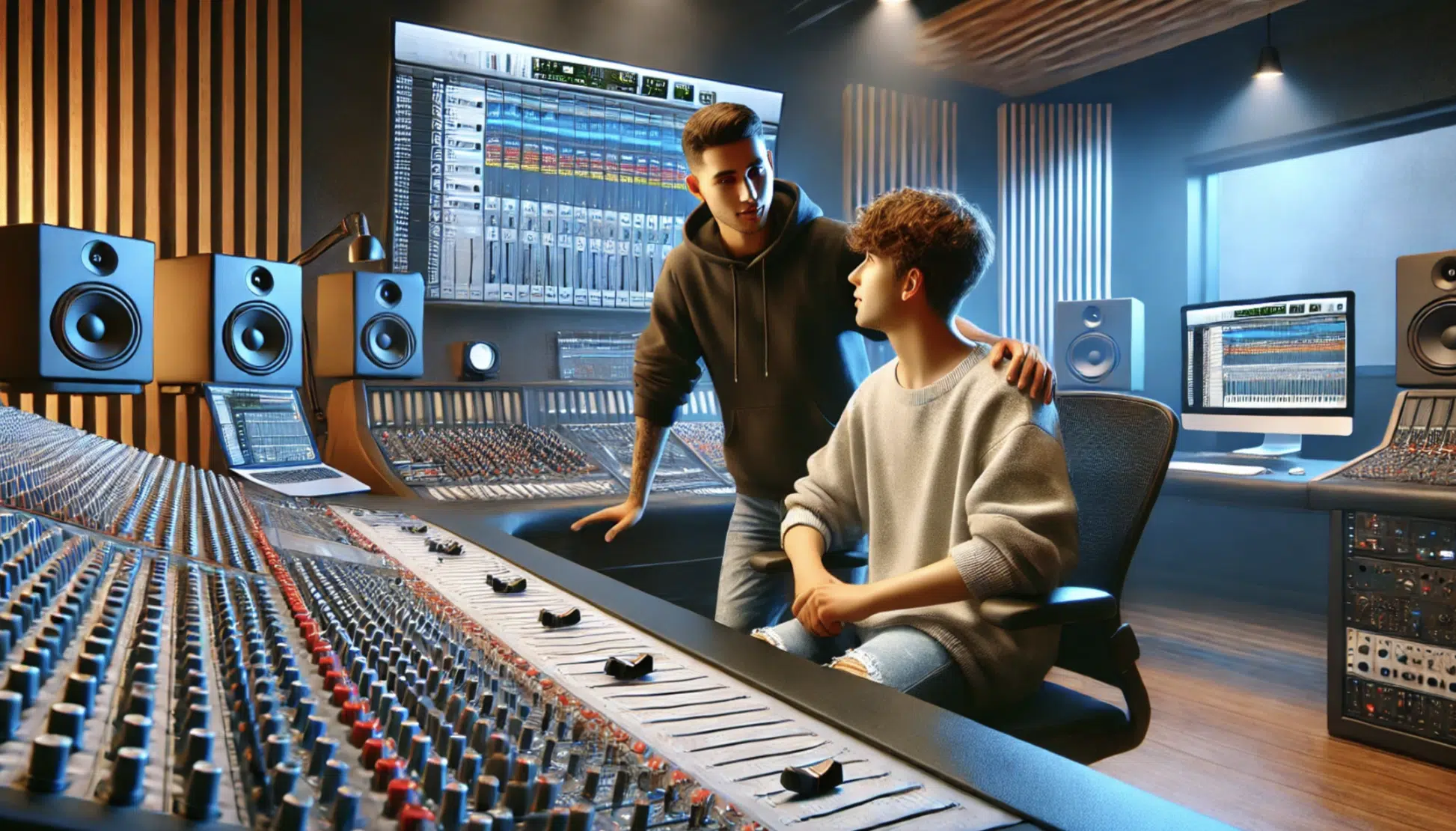
Once you’ve got a foundation in sound design, it’s time to get some practical experience under your belt, so I recommend offering your skills (once they’re solid) to:
- Filmmakers
- Student projects
- Small theater productions
For example, I found my first project by collaborating on an indie film where I handled sound effects and editing.
It was a horrible film overall, I can’t lie, but it taught me how to successfully mix sound and synchronize effects with all types of different visuals.
You could also try getting an internship at an audio production studio or a gaming company, where you’ll gain exposure to different aspects of audio production.
These experiences let you work with professional audio equipment and software, build a portfolio, and get a feel for the fast-paced world of sound design.
It’s all about learning as much as possible, as quick as possible.
-
Building a Competitive Portfolio
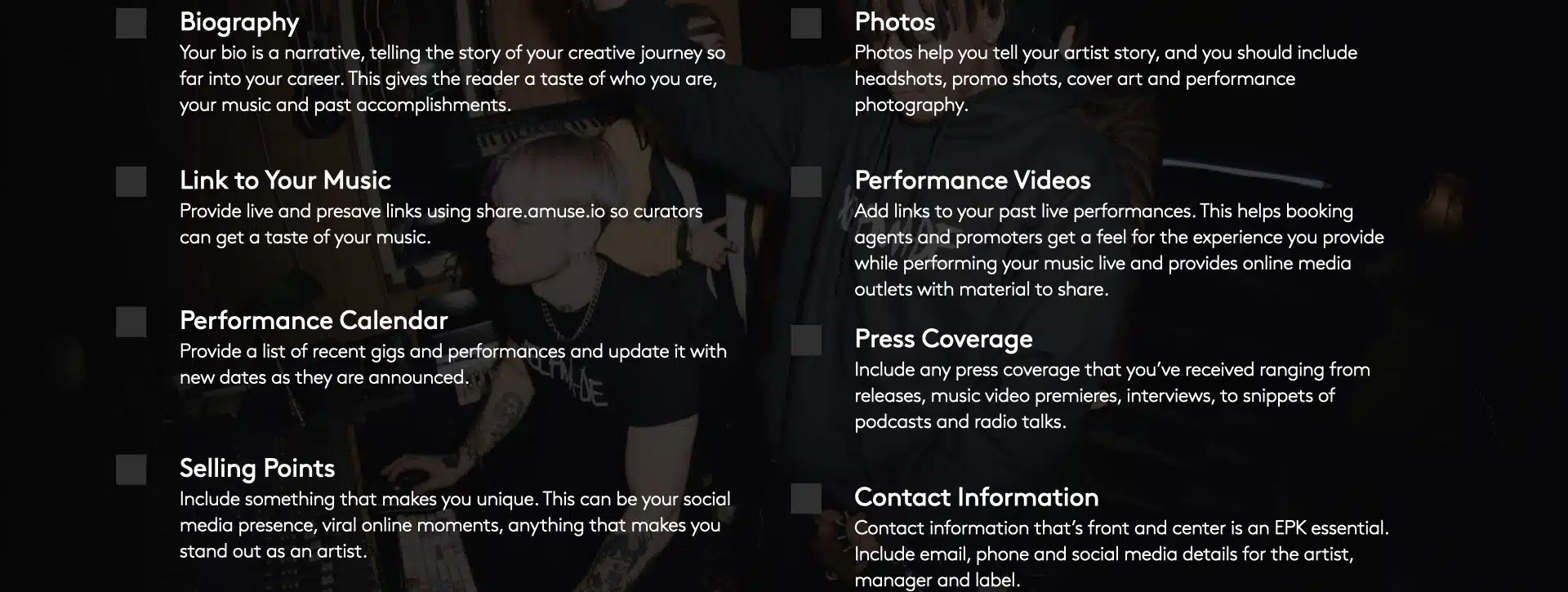
You cannot underestimate the importance of a strong portfolio when you’re becoming a sound designer, so make sure yours really shows off your range.
Start with sound re-designs 一 take a short movie clip, strip the audio, and replace it with your own sound effects, Foley work, and ambient layers.
I made mine by downloading public domain video clips from sites like Videvo, which helped me show off my skills to potential clients.
Make sure to include a variety of projects, such as environmental soundscapes, dialogue editing, and sound effects for action scenes.
Each project should demonstrate your unique style and attention to detail so potential employers or clients see the value you’d bring to their team.
You really want to blow them away, so make sure to put your all into every single sound.
-
Choosing a Specialization
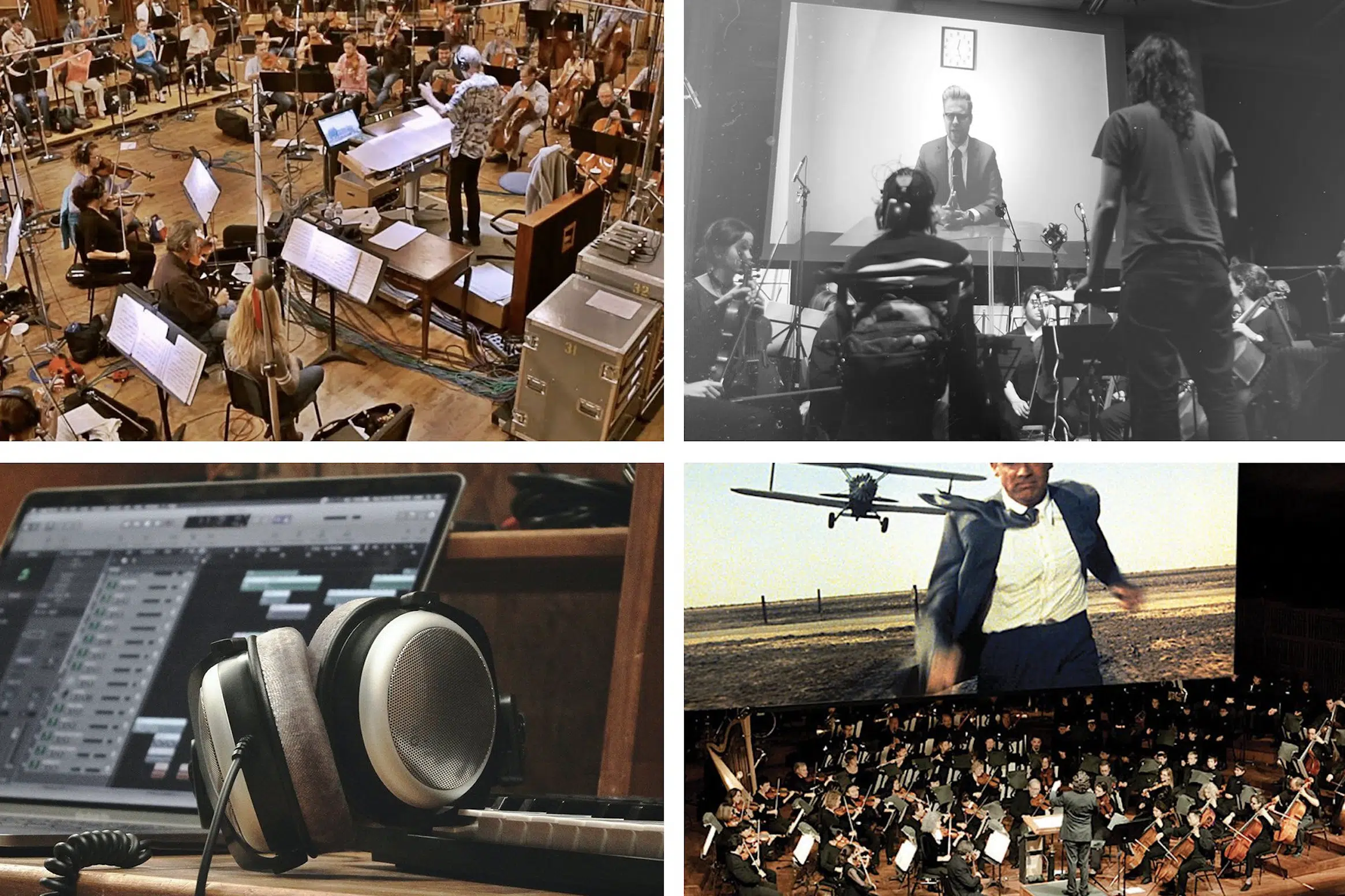
As you gain more experience, you’ll naturally find areas of sound design that excite you the most, like anything else in life.
Specializing can set you apart, so really take the time to think about whether you want to work in:
- Film/TV
- The music industry
- Video games
- Interactive media
- Etc.
For example, if the video game industry interests you, learn about interactive audio and focus on creating sounds that respond to player actions.
Or, if you enjoy creating realistic audio environments, sound design for film might be your path, where you’ll work on Foley and dialogue editing all day.
Choosing a focus helps you master the technical and creative aspects unique to that field 一 making you a more appealing candidate for those types of projects.
-
Mastering Foley and Sound Effects (SFX) Creation
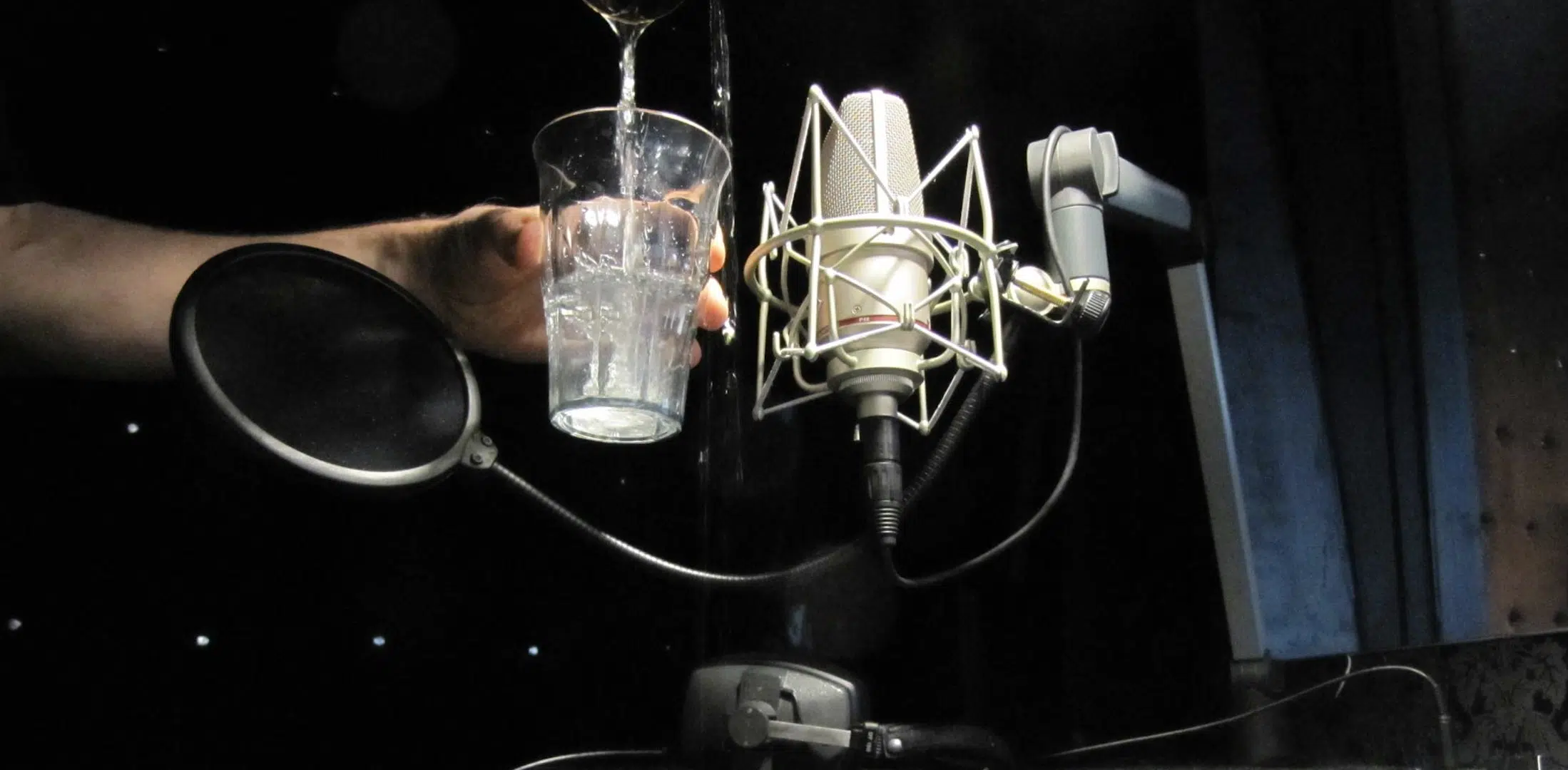
I know I mentioned above how important mastering Foley and sound effects creation is if you’re serious about becoming a sound designer, but let’s get into that a little deeper.
Only because it’s going to be a huge part of your life, especially if you want to break into the film or video game/VR world.
Foley involves recording everyday sounds that add ‘realism’ to film scenes, like:
- Footsteps
- Clothing rustling
- Door creaks
- Etc.
It takes a lot of long hours, I’m not going to lie, but it’s certainly worth the effort, for the experience alone if nothing else.
When I worked on my first Foley project, I recorded different surfaces with my Zoom H5 to capture unique footstep sounds for a short horror film…
It’s incredible how much detail a well-timed sound effect can bring to a scene, truly.
In order to stand out, create your own sound effects by experimenting with objects around you (literally, anything around you).
For example, crinkling tin foil can mimic fire crackling, or dragging a metal chain across a surface can make eerie horror sounds, whatever you can think of really.
Building a repertoire of sound effects gives you a custom collection to pull from for each project to help you refine your unique style.
Many sound designers like myself rely on Foley to bridge the gap between audio and visual media, making our work more immersive and engaging for audiences.
-
Developing a Killer Personal Sound Library
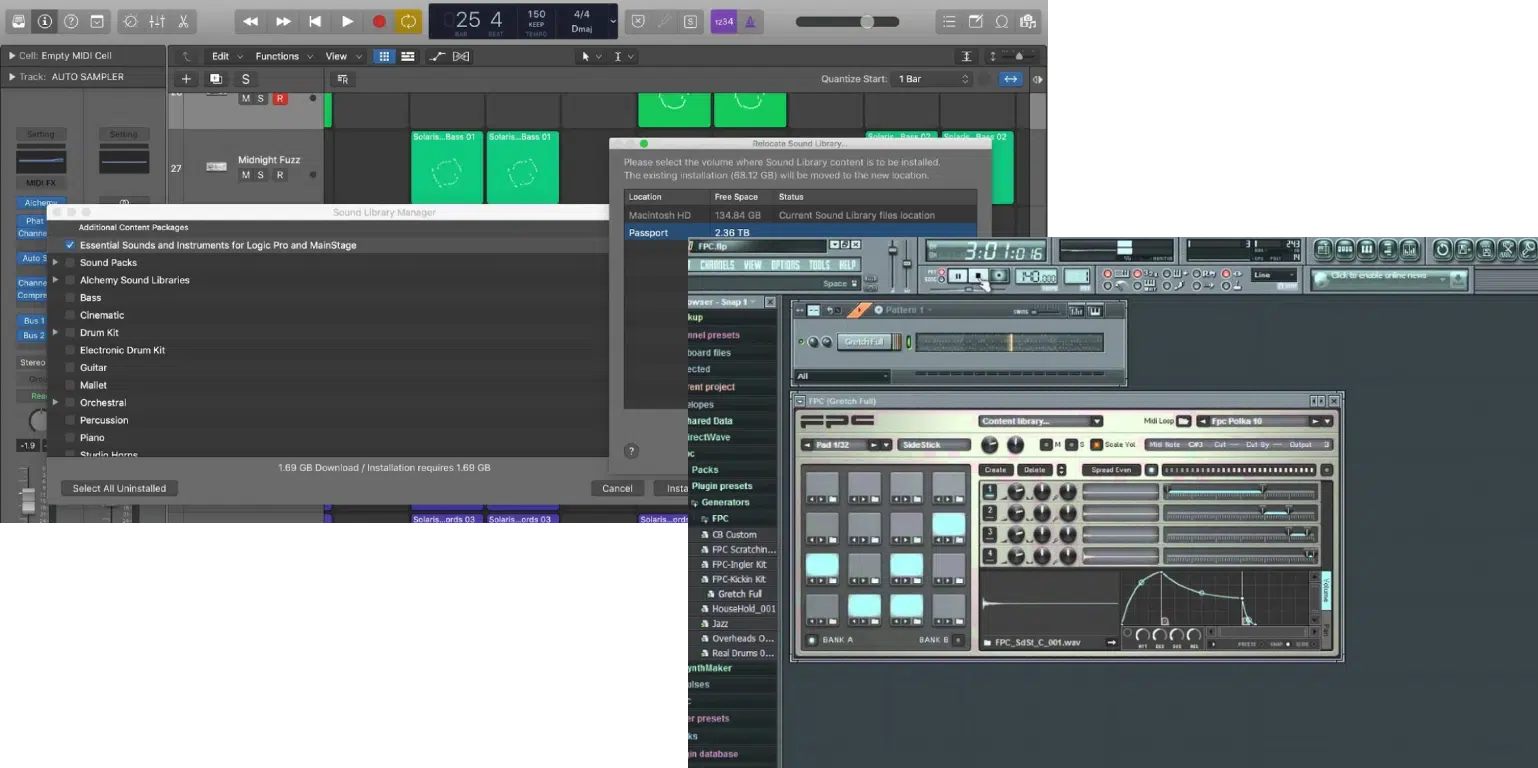
Before we move on to more advanced sound design techniques, another thing I must emphasize is your catalog.
Personal sound libraries are super important for any sound designer, especially if you’re working across different media like film, video games, and interactive experiences.
Start by collecting everyday sounds, recording things like birds chirping, city traffic, or even the hum of your fridge; these sounds can layer into larger soundscapes later on.
When I began, I’d take my field recorder to various locations to capture ambient sounds for my sound library, which has become my go-to resource.
But it’s not just about Foley sounds, which we talked about above… You also need to build a library of synthetic sounds for electronic music production and unique samples.
All of which can be manipulated for different genres.
Plus, include synthesized effects that can work perfectly in music projects, like:
- Risers
- Impacts
- Sweeps
- Etc.
Along with one-shots and loops that can fill out your soundscapes even more.
Play around with layering these sounds to create custom textures, which are invaluable in audio production and music production.
As you grow your library, organize your files properly and meticulously 一 label each recording with keywords, so you can find sounds fast.
A well-developed sound library sets you apart from other sound professionals and shows clients you’re prepared for any project.
Advanced Sound Design Techniques
To truly make it as a sound designer, you’ll need to master more than the basics. Building a successful career in sound design requires you to continuously expand your technical skills and develop specialized expertise. Let’s explore some advanced techniques that can up your skills and help you thrive as a sound designer.
-
Understanding Different Sound Design Workflows
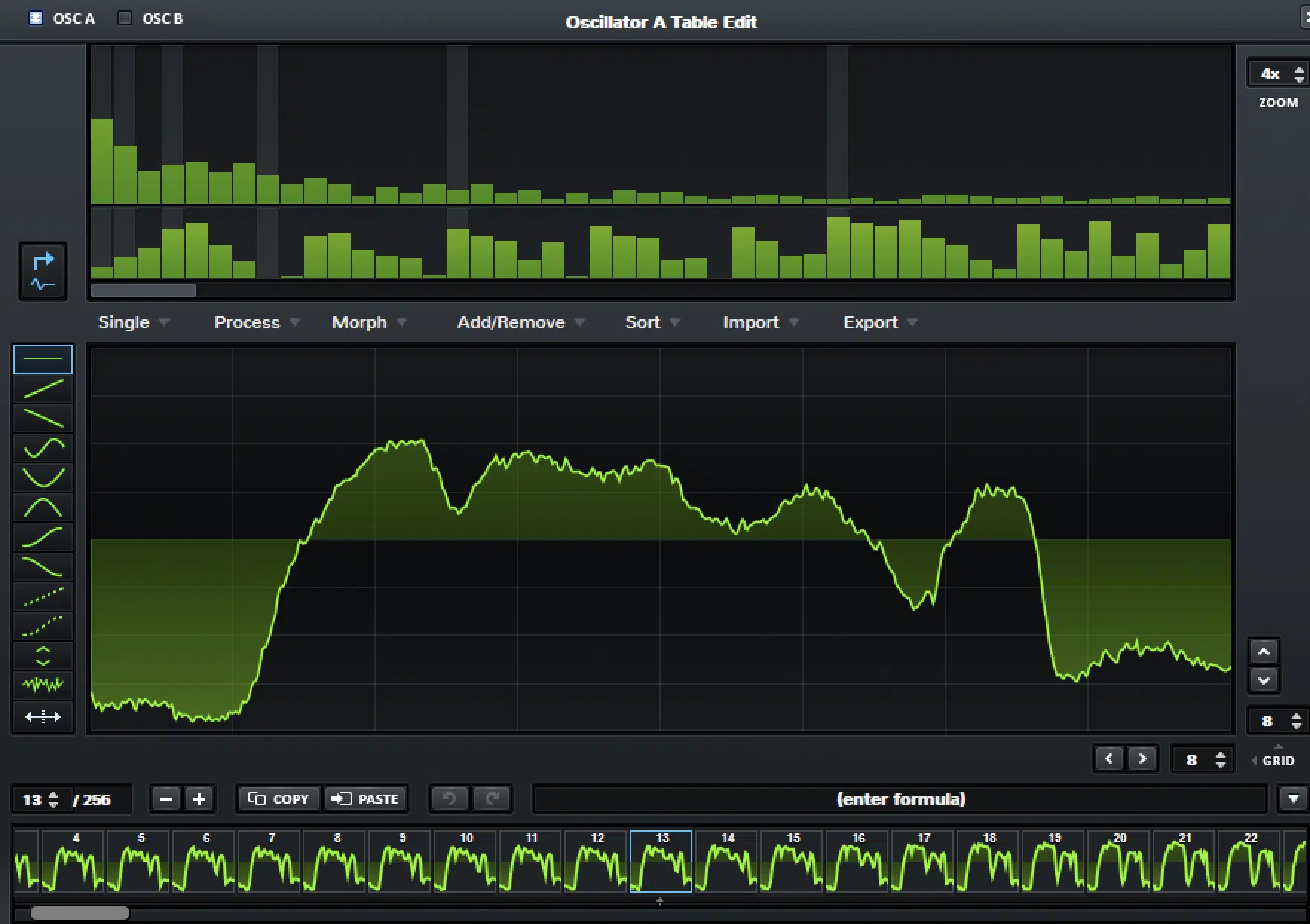
A well-organized workflow is key for any sound designer, especially when you’re working on large projects with multiple sound elements.
For example, when I’m working on a film project, I start by categorizing audio elements into different tracks:
- Dialogue
- Foley
- Sound effects
This makes it easy to adjust levels and apply audio effects like reverb or EQ without disrupting the overall mix, which you never want to do.
Remember, a sound designer’s main job is to knock out epic sounds in a timely manner (nobody wants a slow or lazy sound designer to work for them).
Many sound designers, particularly in the film industry, rely on color-coded tracks in their DAW to streamline the process so it’s easy to locate specific sounds during editing.
If you’re a producer, you should know all about this already and it should be second nature at this point.
A structured workflow not only improves efficiency but also ensures that every sound complements the visual media you’re working on.
-
Exploring Video Game Audio and Interactive Sound
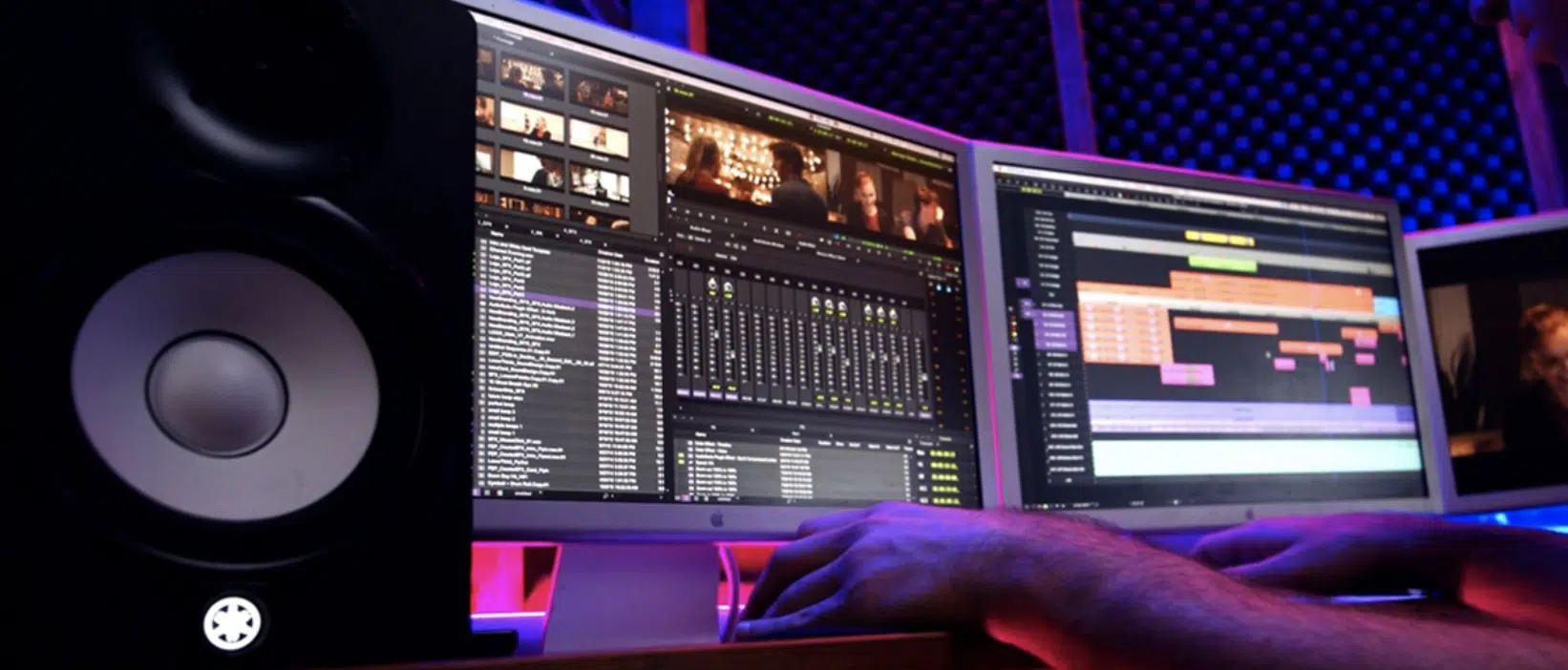
To succeed in the video game industry, you need to master interactive sound, where audio elements respond to player actions in real-time.
When I started with game audio, I used audio software like Wwise and FMOD to create adaptive sound effects—for example, footsteps that change based on surface textures.
In an RPG I worked on, I set up dynamic ambient sounds, like wind and birdsong, that shifted as the player moved through different in-game environments.
If you’re exploring how to become a sound designer in gaming, focus on creating sounds that react to gameplay.
LIke weapon sounds that differ based on character strength (which is my fav).
The video game industry seriously values sound designers who understand interactive sound design because they can transform gameplay into a fully immersive aural world.
Not just basic tweakings, but that players actually feel like they’re a part of.
If that sounds like it could be your dream, you better tighten up and get to work because tons of aspiring sound designers are preparing for the same exact thing.
-
Expanding Your Career Path with Freelance Work
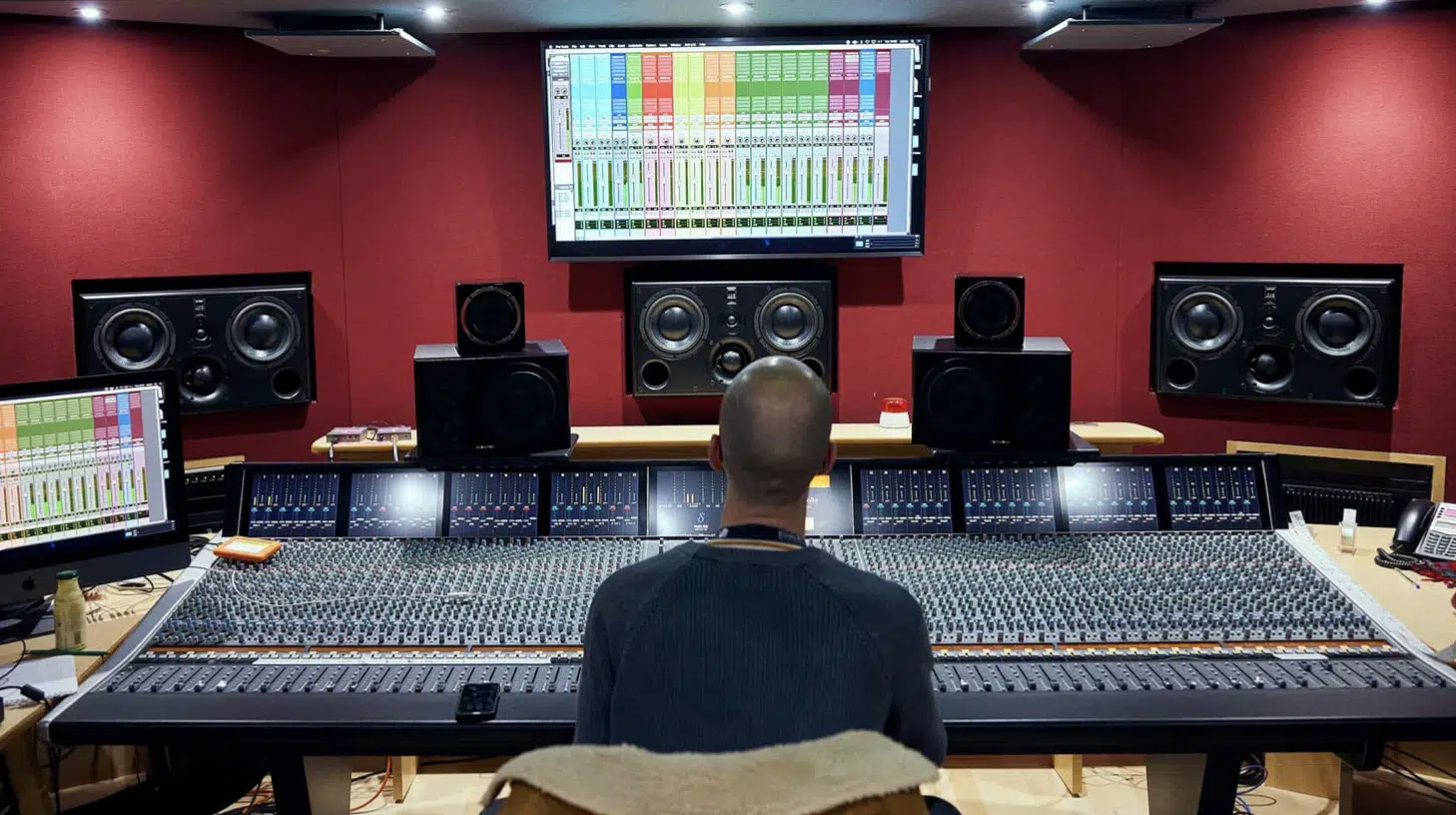
Freelance work can open up a bunch of different, diverse opportunities in sound design, especially when you’re just starting out.
Platforms like Upwork and Fiverr are great for finding small gigs to build your portfolio and gain real-world experience, so make sure to check those out.
I landed my first freelance project by networking at a local film festival, where I met an indie filmmaker who needed a sound designer for a short film like I told you before.
These initial projects may not pay much… However, they can certainly help you gain hands-on experience and establish your reputation.
As you complete more freelance work, you’ll develop a more advanced skill set and build connections that can lead to larger projects down the line.
Like any other field in this entire world, it’s all about networking and who you know, so go get to know some people (if that makes sense lol).
-
Joining Professional Organizations
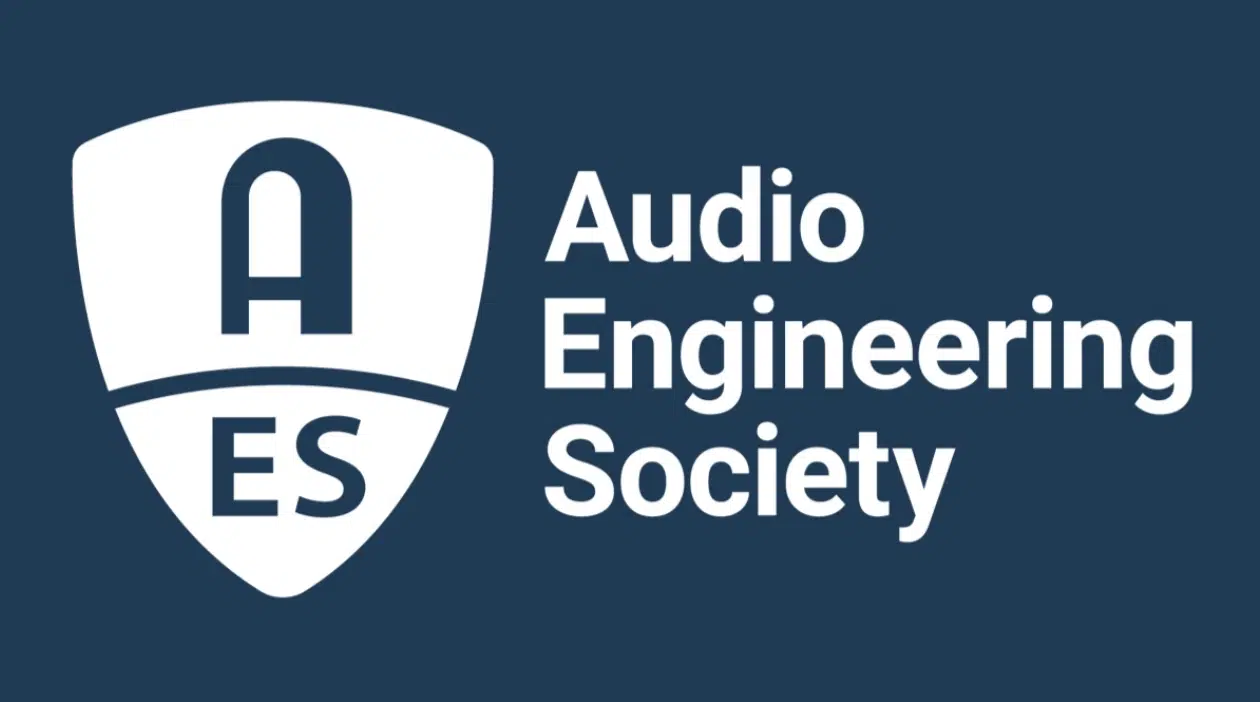
If you want to know how to become a sound designer who dominates the game, try joining professional organizations like the:
- Audio Engineering Society (AES)
- Association of Sound Designers
When I joined AES, I gained access to a network of sound professionals, including experienced sound designers who helped me understand new trends.
And, who introduced me to useful audio software and audio equipment that wasn’t even released yet, which was super cool.
Membership in these groups offer access to exclusive workshops, seminars, and networking opportunities that connect you with many professionals.
All of them share your passions, so imagine the moves you can start making.
It’s also a great way to stay updated on industry news, such as developments in sound editing or innovations in visual media sound.
Professional organizations often provide job boards where you can find freelance work or in-house positions 一 making them invaluable for aspiring sound designers.
-
Staying Updated with Emerging Technologies
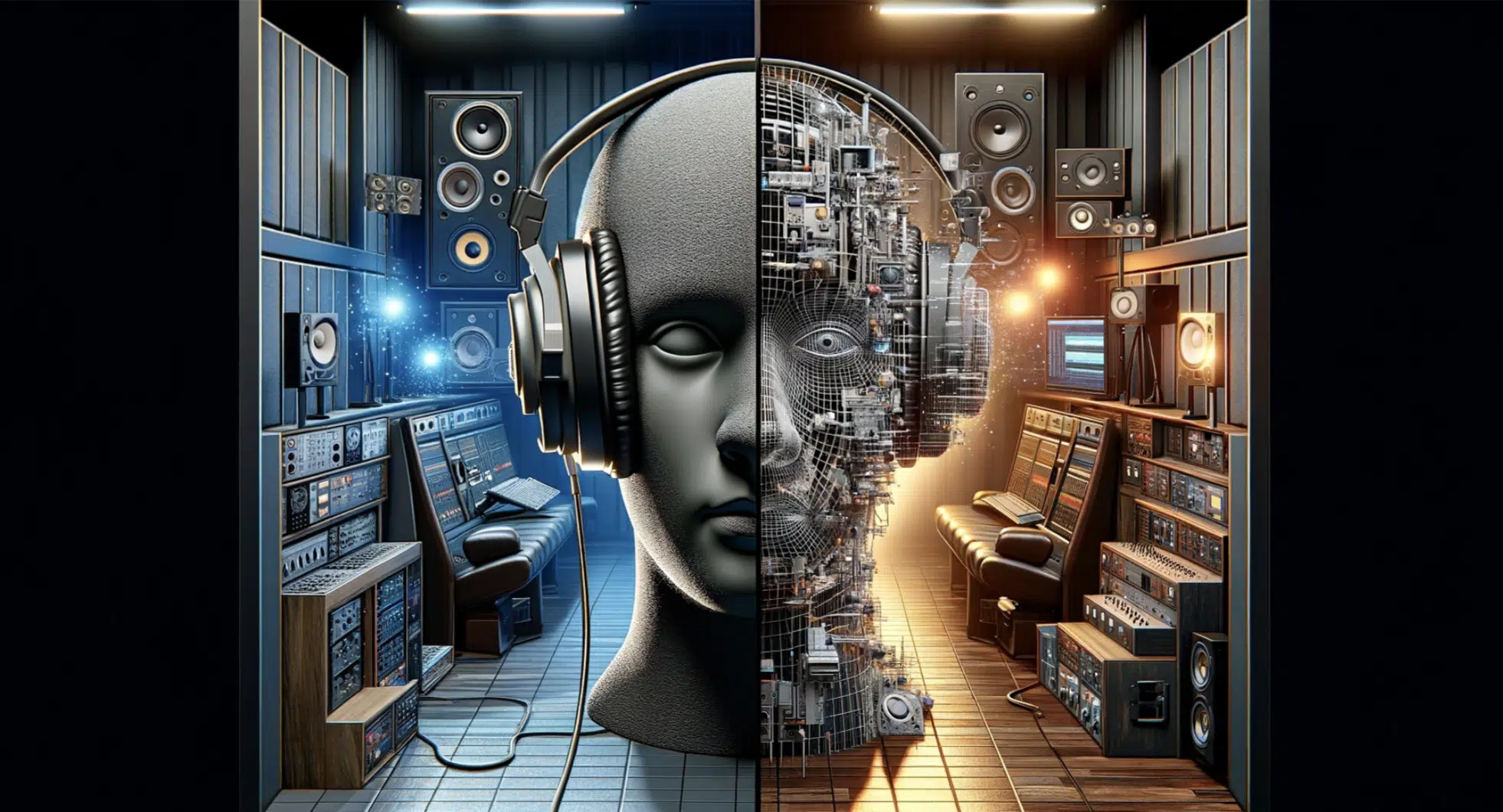
The world of sound design is constantly evolving, so staying updated with emerging audio technology is essential if you’re serious about a career in sound design.
I make it a habit to research new audio effects plugins and experiment with tools like Dolby Atmos and binaural audio, which are becoming popular in both film and video game industry soundscapes.
Keeping up with music technology advances also means attending events like the NAMM or the Game Developers Conference.
This is where you can demo new audio equipment and meet seasoned professionals (but you have to be invited/accepted).
Don’t overlook the value of online resources like blogs, forums, and massive open online courses (MOOCs) either.
They provide up-to-date tutorials on audio software and the latest sound techniques.
By keeping pace with technology, you’ll have a distinct edge in your field, whether you’re working on interactive media or producing sound effects for the next blockbuster film.
-
Specializing in Niche Sound Design Fields
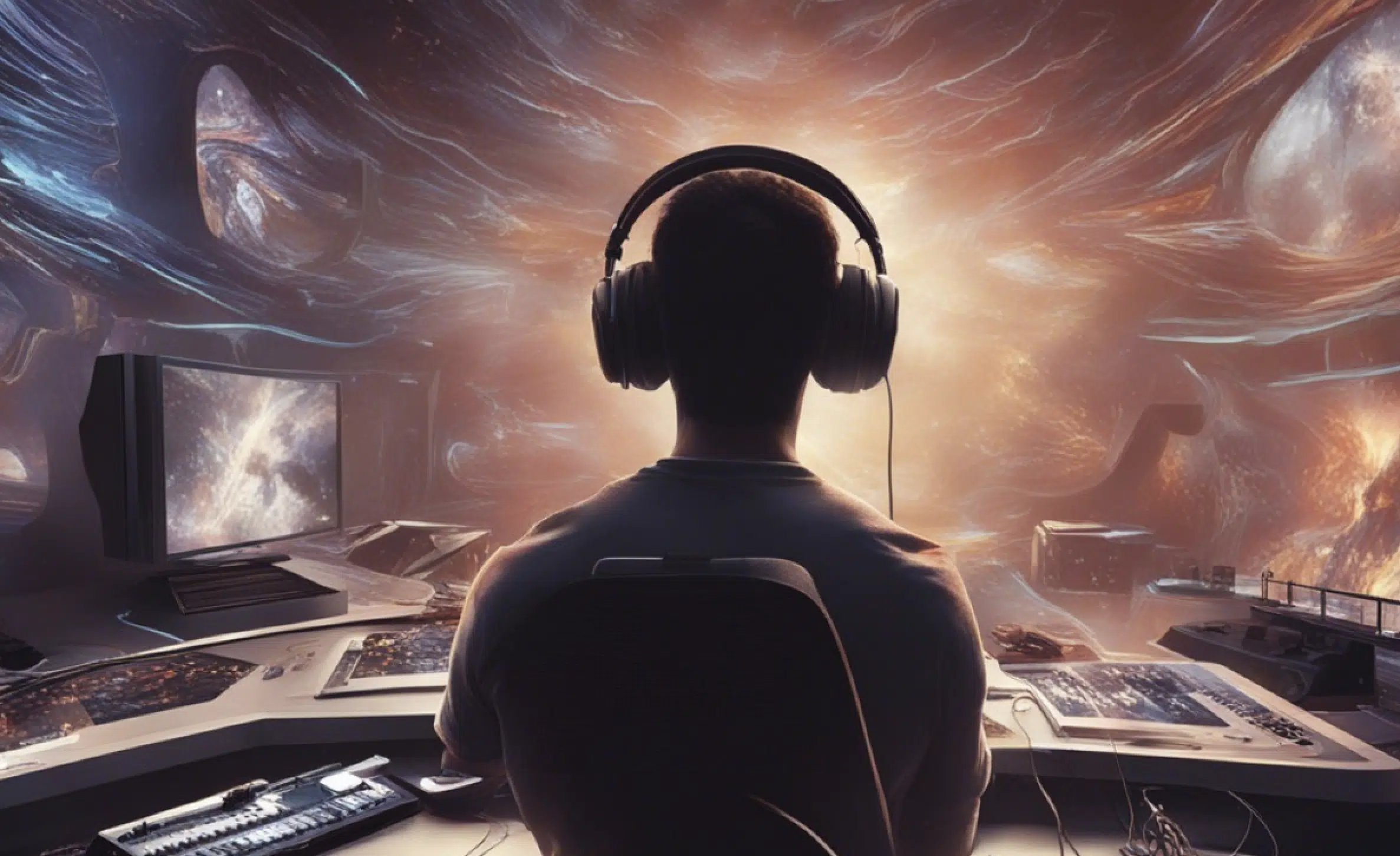
As you progress, you should seriously carve out a niche in sound design to set yourself apart from other sound professionals.
For example, I initially focused on sound design for horror films, creating sound effects like eerie whispers and creaking doors to enhance the genre’s tension/atmosphere.
Some sound designers specialize in audio restoration or spatial audio for interactive media and virtual reality.
Others focus on environmental recordings for nature documentaries, it’s really all up to what draws you in and excites you.
Finding a niche will help you really establish your reputation and can attract clients who are specifically looking for that expertise.
Specializing also allows you to develop advanced technical skills that make you invaluable in that particular field.
It will set you on a career path to becoming a successful sound designer.
-
Applying for In-House Sound Design Roles
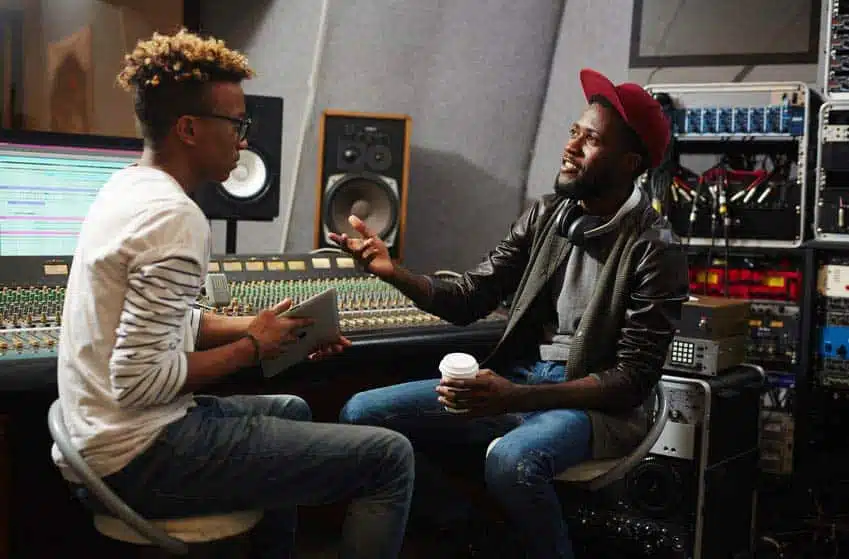
When you’re ready to shift from freelance work to a more stable position, applying for in-house roles can be a great next step.
Companies in the film industry and video game industry often look for sound designers to join their sound department full-time, working on various aspects of sound design.
This could range from sound editing to field recording or studio recordings, and everything in between.
Make sure to tweak your portfolio to highlight relevant projects that show your versatility and ability to work under deadlines, as these are traits audio directors value.
Your resume includes any certifications, like a sound designer’s certificate program in audio engineering or becoming an official audio designer.
This will show you have the technical expertise to handle complex projects right off rip, but again, if you don’t have one, it’s okay, just name all the things you’ve been a part of.
During the interview, be prepared to discuss your approach to creating sounds and managing projects, as employers want to see how you’ll fit into their team’s workflow.
-
Building a Personal Brand and Professional Website
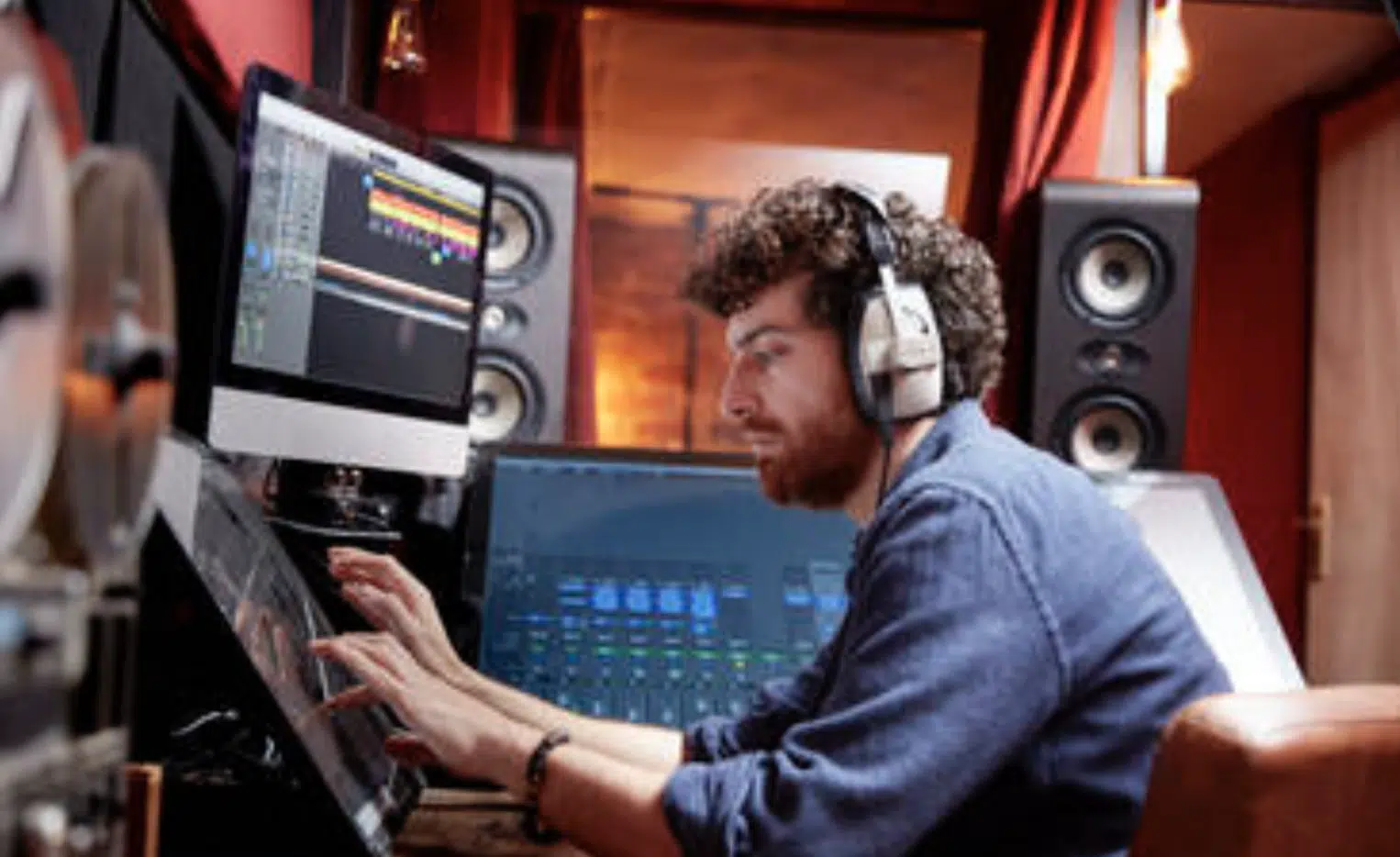
Creating a strong personal brand and building a professional website are essential steps in establishing yourself as a sound designer.
Your website should:
- Showcase your best projects
- Provide links to your sound library
- Highlight your areas of expertise
These could include sound effects editors or anything audio engineering masters do (whatever makes you look professional and versatile).
I used my site to share my demo reel, list services I offer, and include client testimonials, which helped attract other professionals looking for sound designers with my skill set.
A professional website also lets you create a blog where you can share insights on audio production, proving you’re versed in music production and sound design.
In the competitive world of audio design, your brand is what sets you apart, and a well-organized website makes it easier for potential clients to find you.
And, understand your unique style too, of course so they can hire you with confidence.
Bonus Tips for Learning How to Become a Sound Designer
As a special bonus, let’s break down some last minute tips when you’re learning how to become a sound designer. It takes way more than just technical skills to become an expert sound designer, as you’ll soon realize.
-
Master Interactive Audio Techniques for VR and Gaming
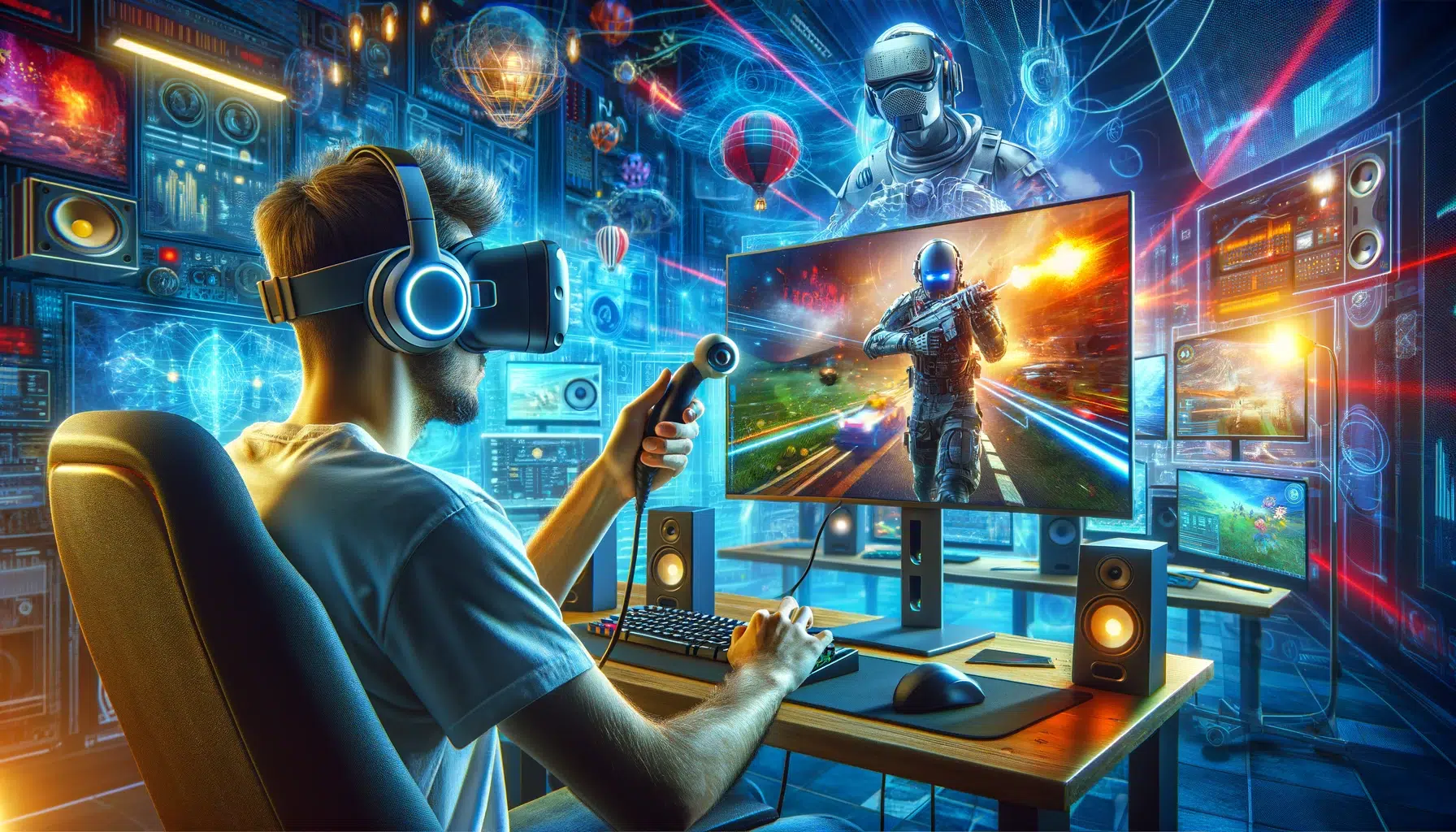
If you’re interested in the video game industry, mastering interactive audio techniques is a game-changer.
When I first worked with VR audio, I focused on designing sound effects that would change based on player movements, like footsteps that shifted from grass to gravel.
Sound editors swear that this field is blowing up right now, so if that’s your thing, it’s perfect (and, as a sound editor myself, I can second that sentiment).
Tools like FMOD allow you to create interactive media sounds that respond dynamically to gameplay, making it key for anyone looking to specialize in video game sound design.
VR and gaming require specific skills in spatial audio, so play around with binaural recording to create fully immersive audio elements as we talked about earlier.
Developing this expertise makes you an invaluable asset to any game developer’s team, where audio design enhances player immersion in a major way.
-
Utilize Advanced Spatial Audio Techniques
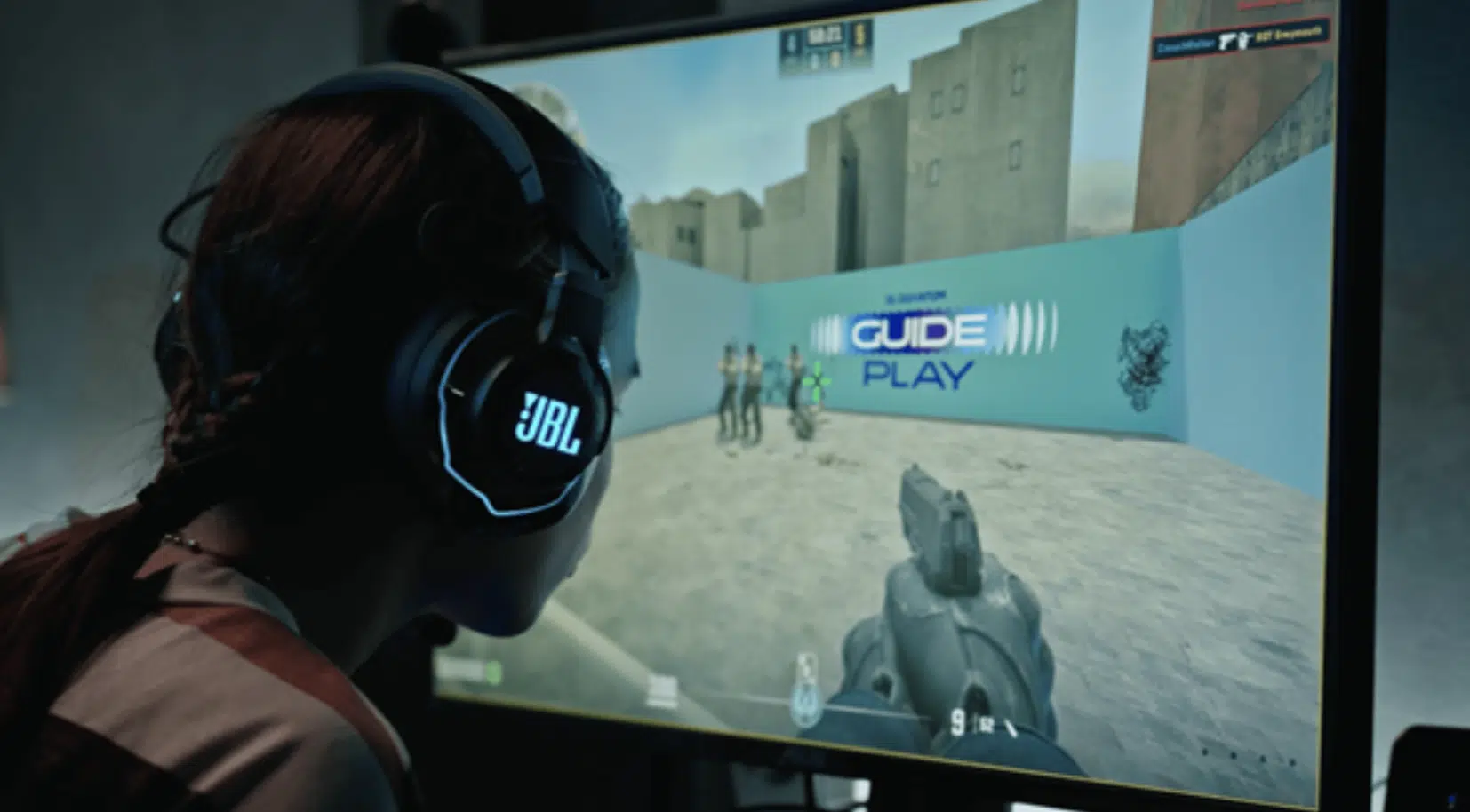
Understanding advanced spatial audio is also important if you want to know how to become a sound designer who stands out.
This is especially true in fields like VR and interactive media.
I once worked on a project where I used binaural audio techniques to create realistic, immersive soundscapes that could place listeners in the middle of a bustling city.
Tools like Dolby Atmos are great for creating these experiences, as they allow you to mix sound in a three-dimensional space.
They’re ideal for the video game industry and high-end visual media projects.
For example, I’d layer ambient sounds at different levels to mimic how audio would travel in real life, from distant traffic hums to nearby conversations.
Anything that adds an extra layer depth to the listener’s experience is a plus.
Mastering spatial audio is a valuable skill for aspiring sound designers who want to deliver audio that truly feels alive and responsive.
If you’re working on visual media or electronic music production, it’s a must.
-
Study Film and Music Theory to Enhance Your Skills
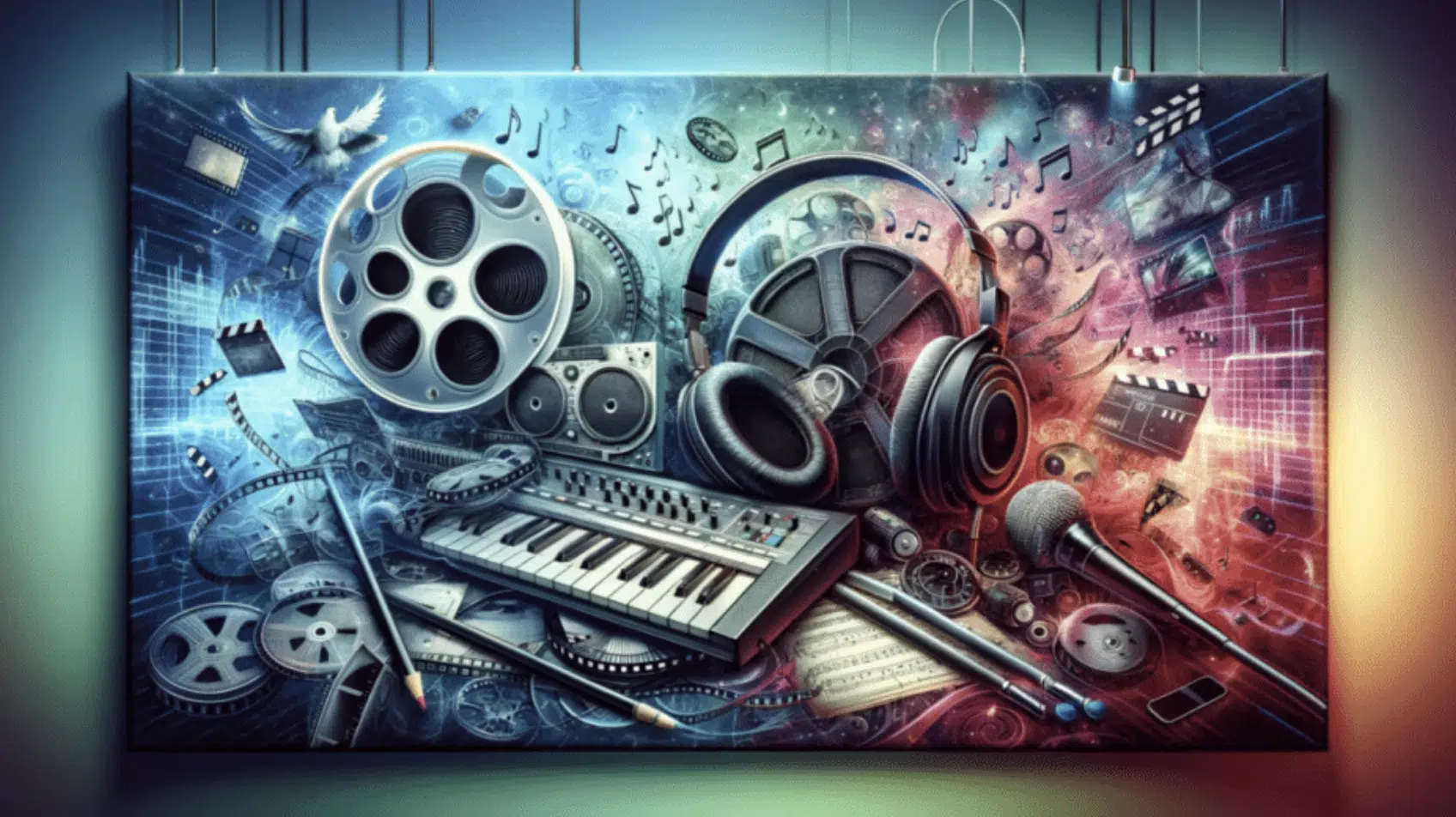
An often-overlooked aspect of how to become a sound designer is studying both film and music theory to strengthen your storytelling abilities.
For a horror short film I worked on, I used minor chords and carefully timed sound effects to build unmatched tension.
It meshed perfectly with the director’s vision and elevated the emotional impact and, needless to say, I locked down my dream job with that one.
Knowing music theory helps you understand how melodies and rhythms can influence a scene and completely change it.
Whether you’re adding a subtle piano melody to a tender moment or a dissonant hum to create unease, it’ll help you through the process.
Like I tell my students, learning music theory is essential so you can break all the rules efficiently!
Understanding the structure and pacing of film scenes will also help you make choices in sound editing that align with the flow of the narrative, so don’t overlook that either.
These skills are key for aspiring sound designers who want to work closely with directors and other professionals to bring powerful stories to life through sound design.
How to Become a Sound Designer: Final Thoughts
Learning how to become a sound designer takes a serious amount of dedication, creativity, and technical skills.
Especially if you’re looking to break into areas like film production or the video game industry.
You’ll need to build a strong foundation in audio software, sound effects, and the art of creating unique soundscapes (which isn’t that easy at first).
Plus, mastering tools like Ableton Live or Pro Tools and developing a personal sound library will give you the edge you need to stand out.
But luckily, after today’s guide, you’re all set to become one of the most impressive sound designers in the game, no doubt about it.
For those of you super serious about leveling up, this Sound Design Secrets course is an absolute must.
It includes over 20 hours of step-by-step video lessons and covers everything from synthesizer techniques to advanced modulation and sound layering.
You’ll get hands-on experience with top DAWs, receive an official Sound Designer Certification upon completion, and have access to the Unison Patch Match Vault.
This is where you can learn to recreate sounds from major artists like Dua Lipa, Flume, and Drake.
It also gives you access to a private community where you can connect with other producers, share ideas, and get feedback on your work (priceless).
So, if you’re ready to jump into this field head first, remember that how to become a sound designer isn’t just about technical skills.
It’s more about passion, creativity, and consistency.
Make sure to keep experimenting, stay curious, and never stop expanding your knowledge/skills 一 this will be your golden ticket.
Until next time…







Leave a Reply
You must belogged in to post a comment.